After he was diagnosed with HIV during the height of the AIDS epidemic, Ed Miller started living his life in two-year increments.
“In the beginning, they would just say ‘you could have a couple of months to two years,’” says Miller. “That was the extent of my financial planning: I should have enough money for the next two years.”
While one part of him thought he should keep saving, “there was also this idea of why don’t I just spend all my money because I’m not going to be around to retire anyway,” he says. Miller is now 60 years old, with a lifespan and a retirement he once thought impossible.
Ed Miller isn’t alone. More than 3 million LGBT Americans are currently over 50, and that number is estimated to more than double over the next decade as Baby Boomers ride in on a rainbow-hued silver wave.
For many like Miller, the traditional idea of retirement looks increasingly uncertain—and quite different from their heterosexual peers’, even in an era of antiretroviral cocktails, marriage equality and enshrined protection from employment discrimination.
We’ll cover the issues those in the LGBTQ community most often encounter when preparing for retirement here—and how you can tackle them. But to truly understand how LGBTQ Americans disproportionately came to face many of these problems, like the lasting legacy of HIV/AIDS, you have to look backward, which we do in our companion piece here.
LGBT Americans Earn Less and Have Less Saved for Retirement
Heterosexual individuals make more on average than their LGBT counterparts. This means LGBT people have fewer means to achive major financial milestones, like retirement. This is most clearly seen when comparing gay men to straight men, who make 46% more—$56,966 vs. $83,469, respectively—according to data from Prudential. But lesbian women also trail straight women by 11%—$45,606 vs. $51,461, respectively.
Research on the transgender financial wellbeing is much sparser in traditional financial services surveys, but data from the National Transgender Discrimination Survey indicates trans folks are much more likely to be living in poverty compared to the general population: Transgender people are 275% more likely to report incomes of less than $10,000 compared to cisgender people.
These discrepancies show up clearly in retirement savings: Members of the LGBT community are slightly less likely than straight Americans to have an employer-sponsored retirement account like a 401(k)—35% vs. 40%, respectively—and are significantly less likely to have an individual retirement account (IRA)—18% vs. 30%, respectively.
Even when they do have retirement accounts, LGBT people lag heterosexuals 25% on average when it comes to retirement savings, according to an analysis of the Federal Reserve’s Survey of Consumer Finances by the AP-NORC Center for Public Affairs Research.
How Can LGBT Americans Address the Retirement Savings Gap?
First, start saving as much for retirement, as early as possible. “For the younger members of the LGBTQ community, time is on their side,” says Christopher Stroup, a wealth advisor at Abacus Wealth Partners. “If they can stash away even a small amount, that can turn into something substantial that they can use in retirement.”
If you are concerned about your ability to contribute even a small amount to retirement, look to your spending and start with what you can.
“In America we tend to be, ‘Hey, let’s just spend what we make,’” says Marta Shen, CFP, CFA, an advisor with Spring Street Financial. “As LGBT people, we need to be smarter than that. We don’t want to be the average heterosexual American, right?… So start where you’re at. If it’s 25 bucks a pay period, it’s a start.”
Because they’re more likely to make less money than their straight peers, it’s especially important for members of the LGBTQ community to take advantage of any employer 401(k) match available to them.
“If you’re making less on average and your employer is offering you 4% or 5%, you definitely need to take advantage of that to get some more money in your market towards your goals,” says Joey Stemmle, CFP, an advisor at Riverstone Wealth Advisory Group.
And for those who are approaching or are already in retirement?
Figuring out ways to cut costs, whether through downsizing or relocation, can help you make the most out of smaller retirement savings. You also may consider delaying retirement a few years to build up larger savings, take advantage of higher 401(k) contribution limits for those 50 and older, and benefit from additional compounding.
“If you retire at 60 versus 67, that’s another seven years of your money hopefully growing in the market,” says Stemmle.
Some people, though, may need to keep working in their retirement years to stay afloat, even with Social Security.
“A whole lot of LGBTQ people, especially people who are single—50% think they’re going to have to work well beyond retirement age. And that’s compared to 27% of single non-LGBT people,” says Jerry Chasen, director of Legacy Planning at SAGE.
LGBT Americans Are More Likely to Care for Family Members
While marriage equality and family planning are leading to a gradual evolution in LGBTQ family units, with legal spouses and children, the tide has not fully turned. Transamerica finds LGBT people are more likely to say they’re single than heterosexuals (40% vs. 22%) and are less likely to have financially dependent children (37% to 43%), a gap that grows when broken down more: Just 19% of gay men indicate they have financially dependent children, compared to 28% of lesbians.
“In this country, the default caregiver is our children,” says Chasen. And that duty may disproportionately fall to LGBTQ children. “The gay son or lesbian daughter are the ones that are looked at because well, you don’t have any kids—you should take care of mom or dad,” he says.
Data backs this up: LGBT workers are more likely to expect to provide support to aging parents in their own retirement (22%), compared to just 15% of heterosexuals, according to Transamerica.
This can have big costs for those who find themselves financially supporting their parents.
“A few sobering statistics from AARP on family members caring for loved ones later in life. 28% have stopped their own savings entirely. Twenty-two percent have used up personal short-term savings and 23% have taken on more debt during the period of care,” says Kyle Young, CFP, senior vice president of Morgan Stanley’s Schmitt-Young Group, one of the largest advisories serving the LGBTQ community with more than $600 million assets under management.
That’s why it’s important to get clear about your financial abilities and limitations, says Jim Marrocco, CFP, an advisor at Thinking Big Financial. “You could do a lot of harm to your own financial situation if you’re limitlessly supporting someone else.”
If you’re providing for an older loved one, you are going to need help, says Jennifer Hatch, CFP, president of Christopher Street Financial. But you do have options. “Medicaid and community services can help with the heavy lifting of care as well as the financial burden,” she says.
LGBTQ Elder Care in Retirement
After caring for others leading up to and during retirement, LGBTQ elders more often find themselves without the same kind of care they’ve provided. This may be because they don’t have kids, or their relationships with their families are strained.
“We’ve been in a situation oftentimes of being a caretaker, but that doesn’t mean that we will necessarily find somebody to do that for us,” says Chasen. “Many of us have what we would consider to be our families of choice. But those families are often the same age we are, and just around the time that we might need them, they might need us as well.”
To put that in context, 21% of LGBT elder adults provide care for friends compared to only 6% of heterosexual elders, according to data from SAGE.
Laura LaTourette, CFP, an advisor at Family Wealth Management Group, has noticed these “circles of care” in her own work, and notes that they often become challenging as more and more members become ill. To help avoid this, she, Young and Stemmle point to financial products like long-term care insurance, hybrid annuities and life insurance products that offer long-term care provisions, all of which can get pricey. They may even be unattainable if you are HIV-positive, as some in the LGBTQ community are. For that reason, Young emphasizes setting aside dedicated savings for future care.
Hefty health care savings or insurance policies that cover long-term care may be especially important for LGBTQ retirees for another reason: Maintaining more control over their late-in-life care to fend off discrimination.
In addition to elder homes largely being run by religious groups, “nearly half of LGBT elders who were in long-term care or had a loved one in long-term care experienced mistreatment, and 23% reported incidents of verbal or physical harassment from other residents based on real or perceived sexual orientation or gender identity,” says Chasen.
To help combat this, SAGE has instituted a program called SAGE Care that has trained more than 100,000 professionals at 525 agencies in 48 states on cultural competence and working with members of the LGBTQ community, according to Chasen. In addition to looking into SAGE Care certified programs, LGBTQ elders should consider the Gay and Lesbian Medical Association’s database of LGBTQ-friendly doctors and care providers.
Changing LGBTQ Families and Retirement
Just as politics and technology have enabled better LGBTQ family planning and less discrimination, LBGT elder care in retirement may change over the coming decades. This, however, carries with it the possibility of additional financial hurdles.
“Before building in financing college savings, how will you pay for the upfront costs associated with having a child? There are costs that can easily top $150,000,” says Young.
These additional costs can include adoption, buying sperm or eggs, or paying for a surrogate, and additional family planning costs often occur during people’s prime earning years, which are key for compounding your retirement savings.
For example, paying $150,000 for family planning at age 35 could be equivalent to having $1.6 million in retirement savings at 65, assuming an 8% rate of investment return.
Family planning decisions shouldn’t depend entirely on your finances. But when considering your many financial priorities, including retirement savings, paying off student loan debt, saving for a home down payment and trying to plan for a family, Stroup emphasizes that priorities and values will be key.
“I wouldn’t suggest someone sacrifice their retirement in order to maybe have children first because in the long run, being unprepared for retirement at an elderly age can be a real disadvantage,” says Stroup.
LGBT Americans Are Less Financially Confident
Despite recent efforts by major financial institutions, LGBT Americans are still underserved in the financial industry. This can have big implications for financial planning, successful retirement planning and end-of-life planning.
Those in the LGBT community own fewer financial products than the general population and are less likely to work with a financial advisor, despite feeling like they need more information to make financial decisions, according to Prudential. All of this may contribute to LGBT Americans feeling more pessimistic about their financial futures.
That sentiment may also in part stem from decades of societal neglect and feelings in the LGBTQ community that they could not bring their whole selves to interactions with financial advisors. “I was kind of reluctant to talk about being gay at work or in my finances. It just was never part of the conversation,” says Miller.
That’s an important conversation to have, though, says LaTourette. “With a gay couple, if they are not out to their planner, then it’s half a conversation,” she says. Without information on a person’s spouse or partner, you may not be able to get a full picture of someone’s financial resources.
To help remedy this gap in knowledge and connection with the LGBTQ Americans, most major financial firms have begun conducting research on the LGBTQ community to provide advisors with better insight into how they can serve LGBTQ clients.
And the LGBTQ community itself is working to forge connections between its members and the financial services industry. SAGE recently launched SAGECents, a digital financial wellness platform that assesses users’ financial lives with inclusive language and offers resources designed for the LGBTQ community. In addition to providing education, it can also pair users with LGBTQ-friendly financial advisors.
Miller recently worked with a financial advisor recommended to him through SAGECents. “It was freeing knowing that they knew I was gay and they were coming at [my finances] with that knowledge,” he says.
Outside of SAGECents, those looking for LGBTQ and LGBTQ-friendly financial planners can look toward PridePlanners, a group of LGBTQ and LGBTQ-allied financial planners in the Financial Planning Association (FPA); members listed on the National LGBT Chamber of Commerce; and word-of-mouth referrals from people they know within the LGBTQ community.
You can help make your investments and banking more LGBTQ friendly using our guides here and here.




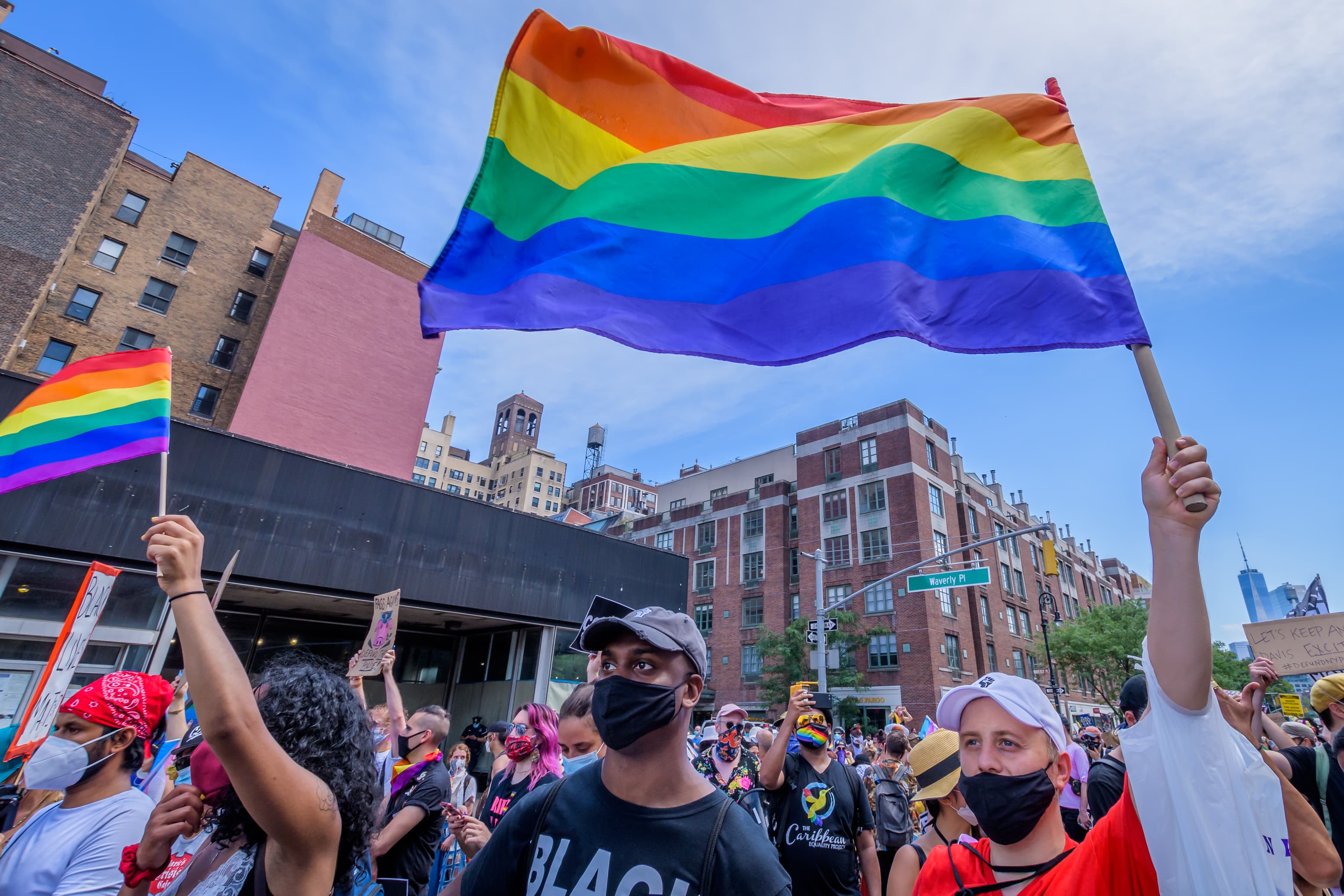

_Ammonite_courtesyNEON.jpg)
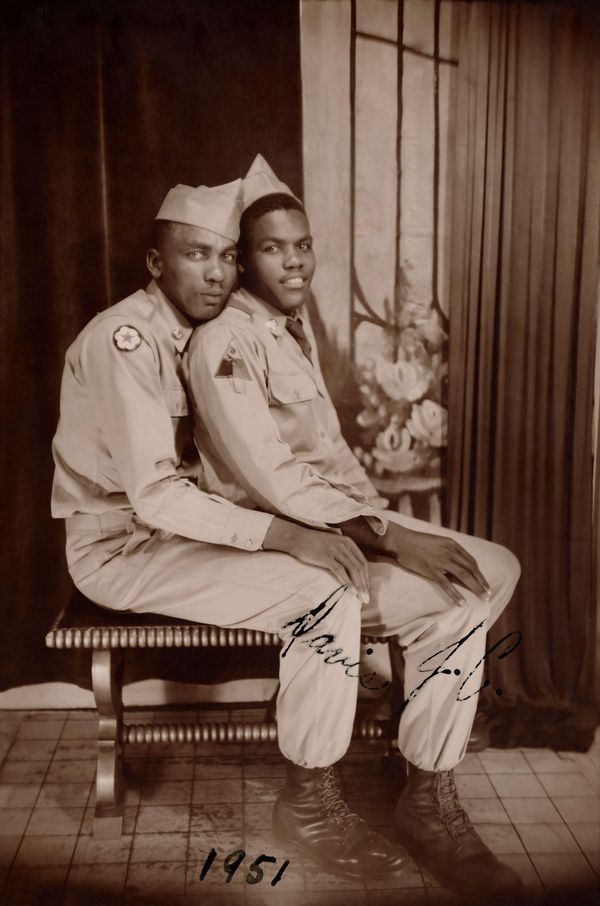







/https://public-media.si-cdn.com/filer/2b/4e/2b4e0995-d43a-46a2-92a9-76a9244a19fd/loving_327.jpeg)
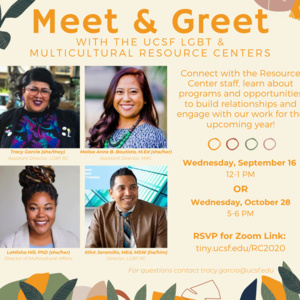

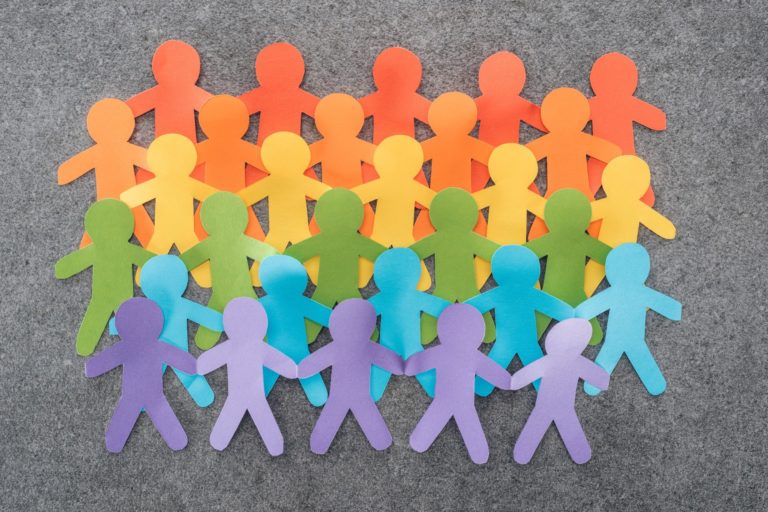

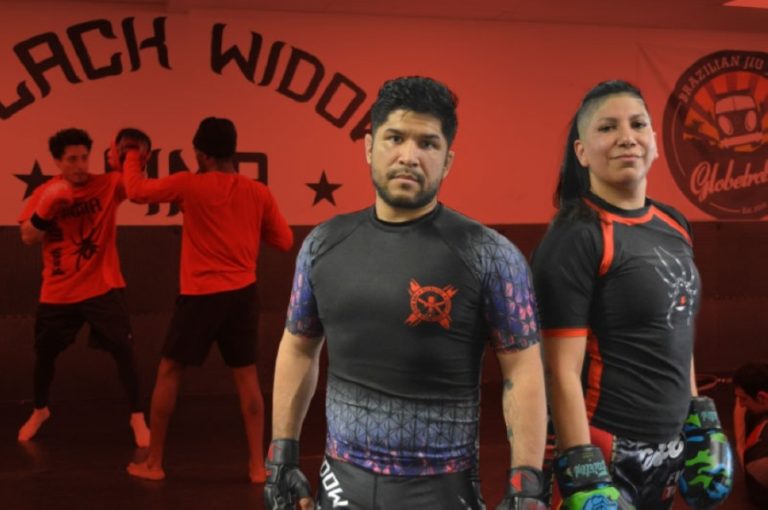

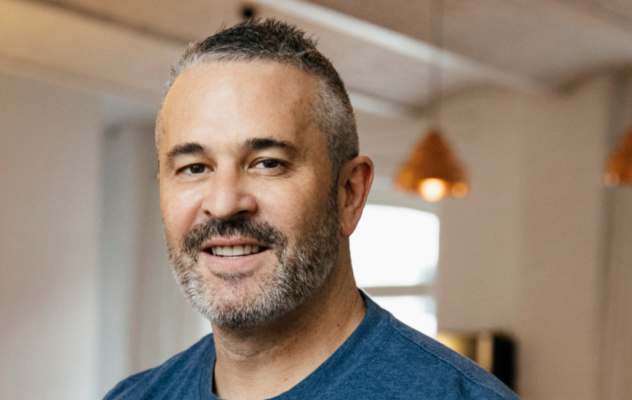
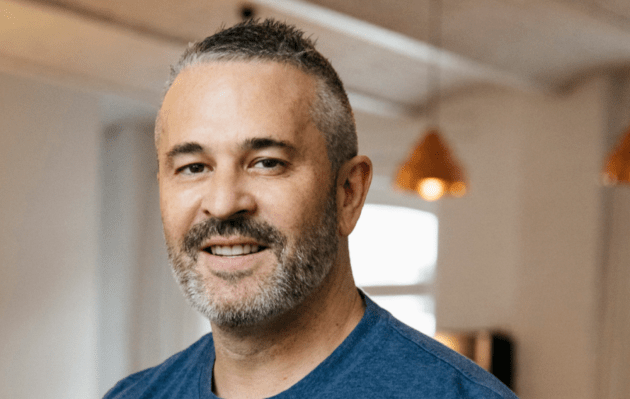
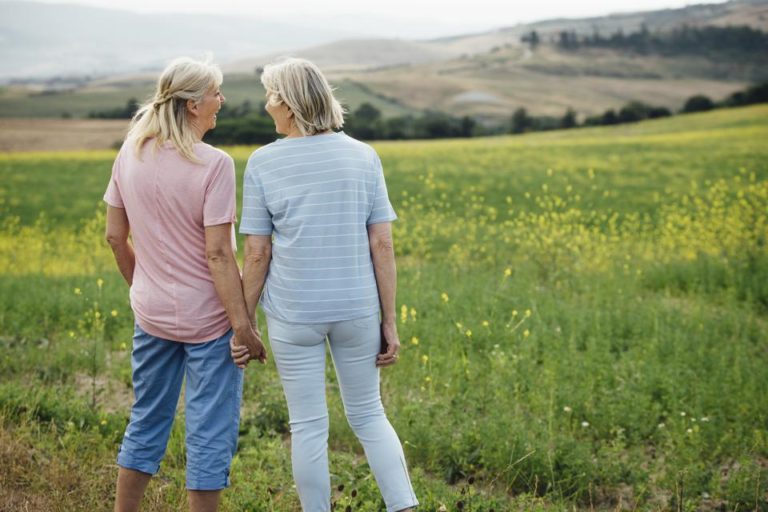

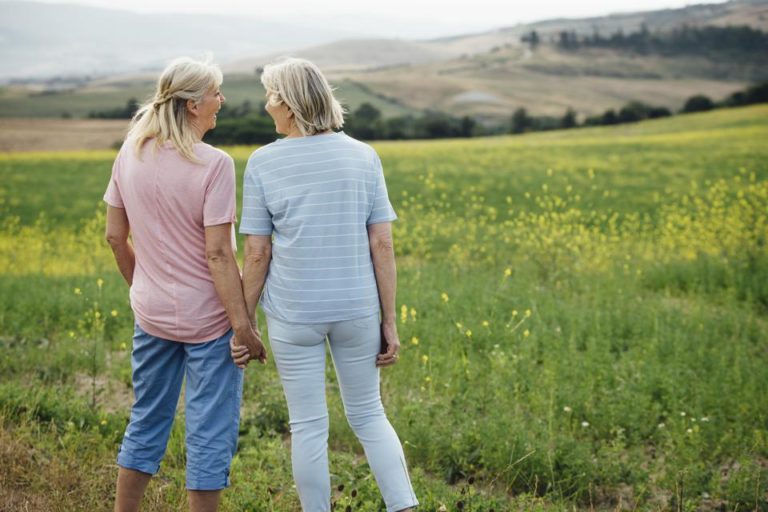
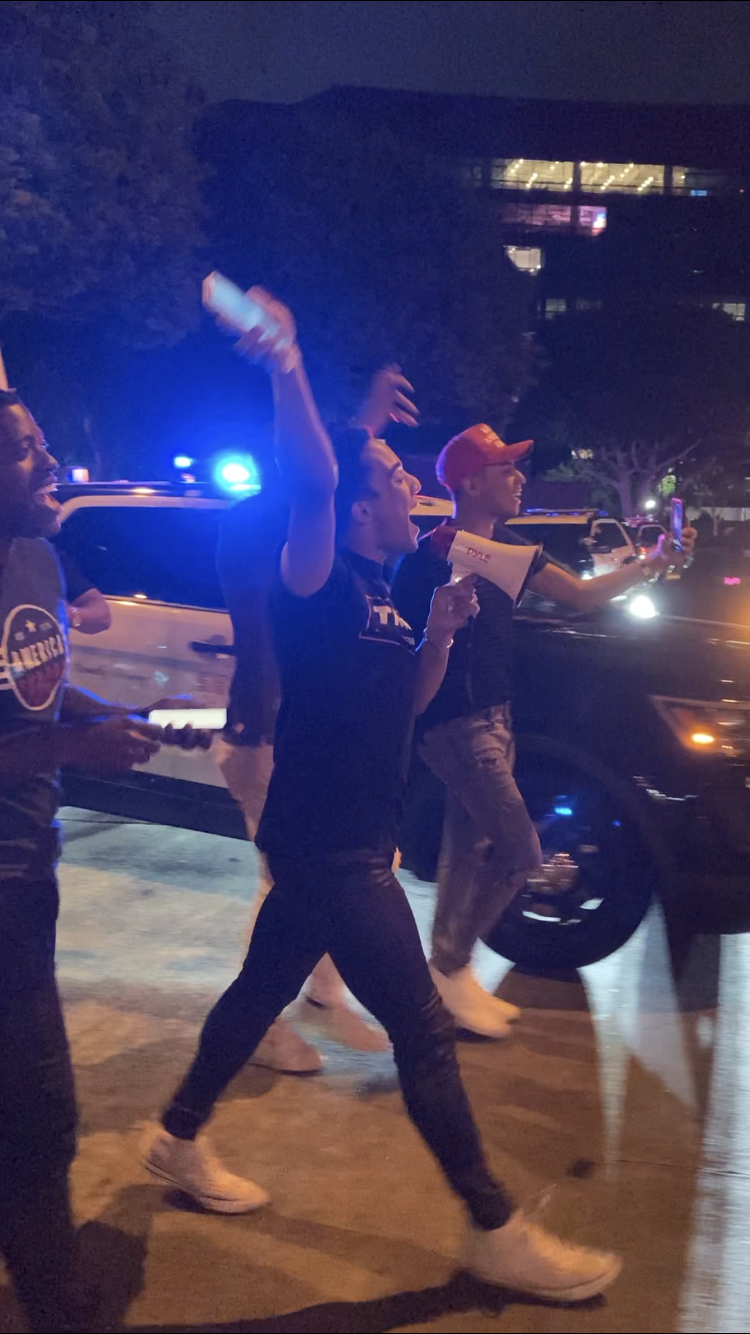
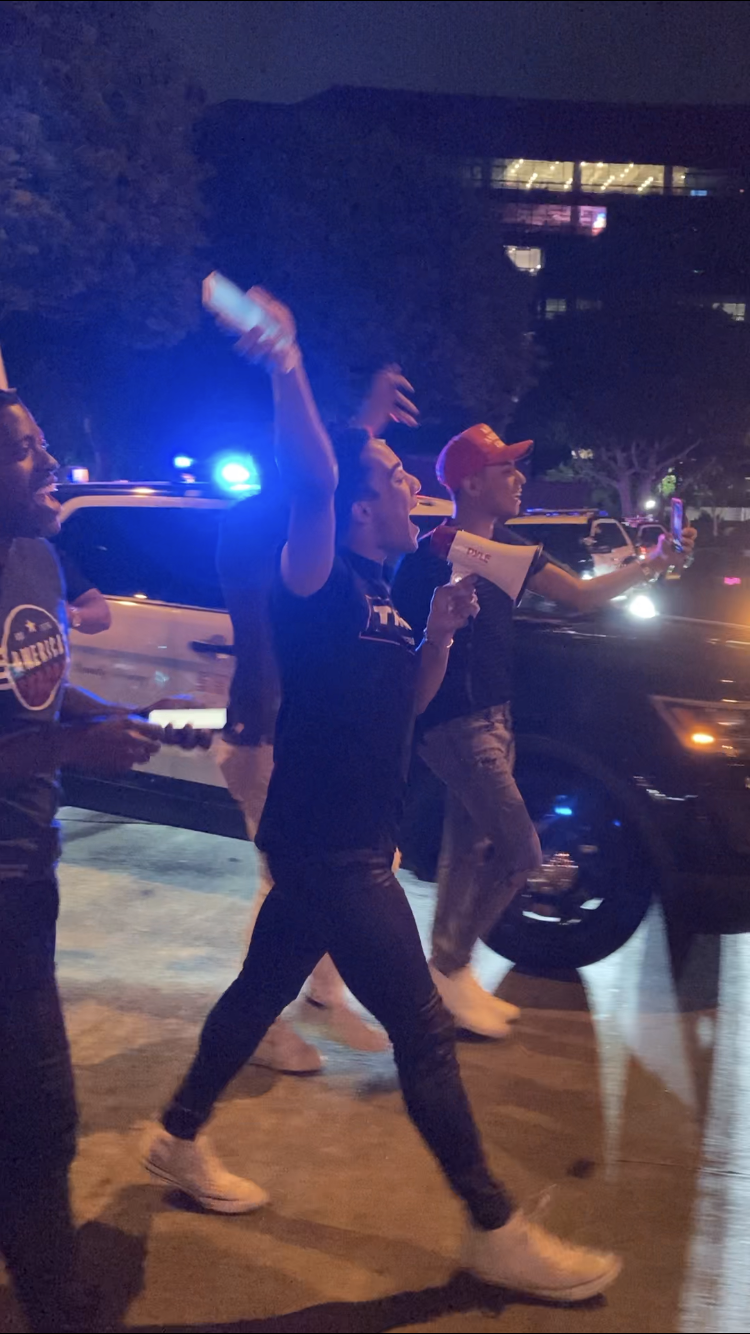
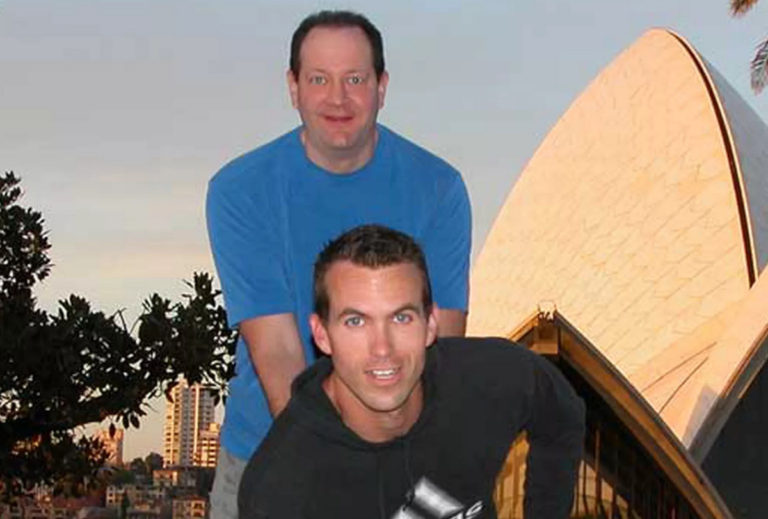
:no_upscale()/cdn.vox-cdn.com/uploads/chorus_asset/file/19251647/Cyd_Jim.png)
:no_upscale()/cdn.vox-cdn.com/uploads/chorus_asset/file/21979639/Kamal_4.jpg)
:no_upscale()/cdn.vox-cdn.com/uploads/chorus_asset/file/10177863/jake_bain.0.jpg)
:no_upscale()/cdn.vox-cdn.com/uploads/chorus_asset/file/15833290/usa-today-9324893.0.1500184882.jpg)


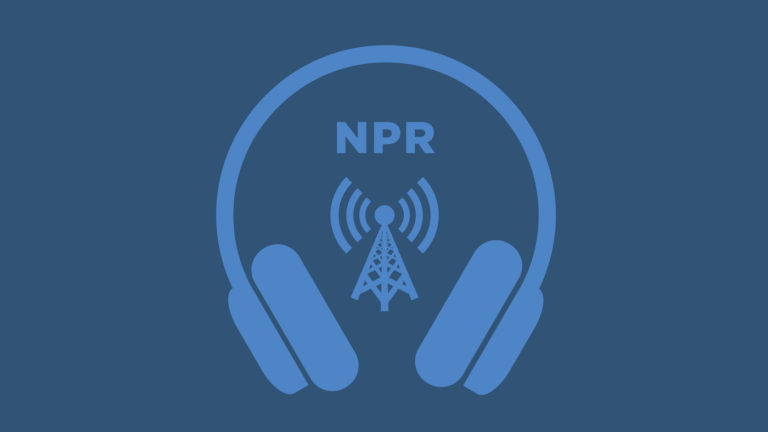


/cloudfront-us-east-1.images.arcpublishing.com/mco/IGN326FXZNA6VMQ2YXNFRPBVIM.jpg)
/cloudfront-us-east-1.images.arcpublishing.com/mco/UNCQ5CH5LBBO3EO34MGSUBE5U4.jpg)